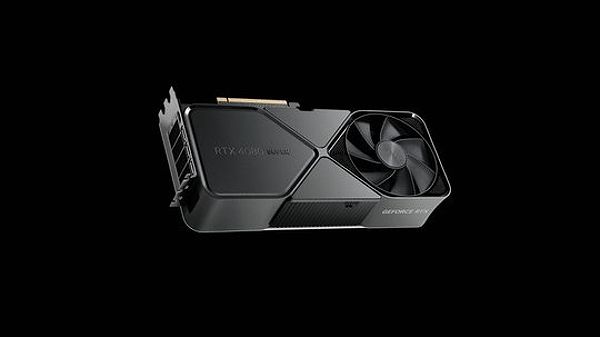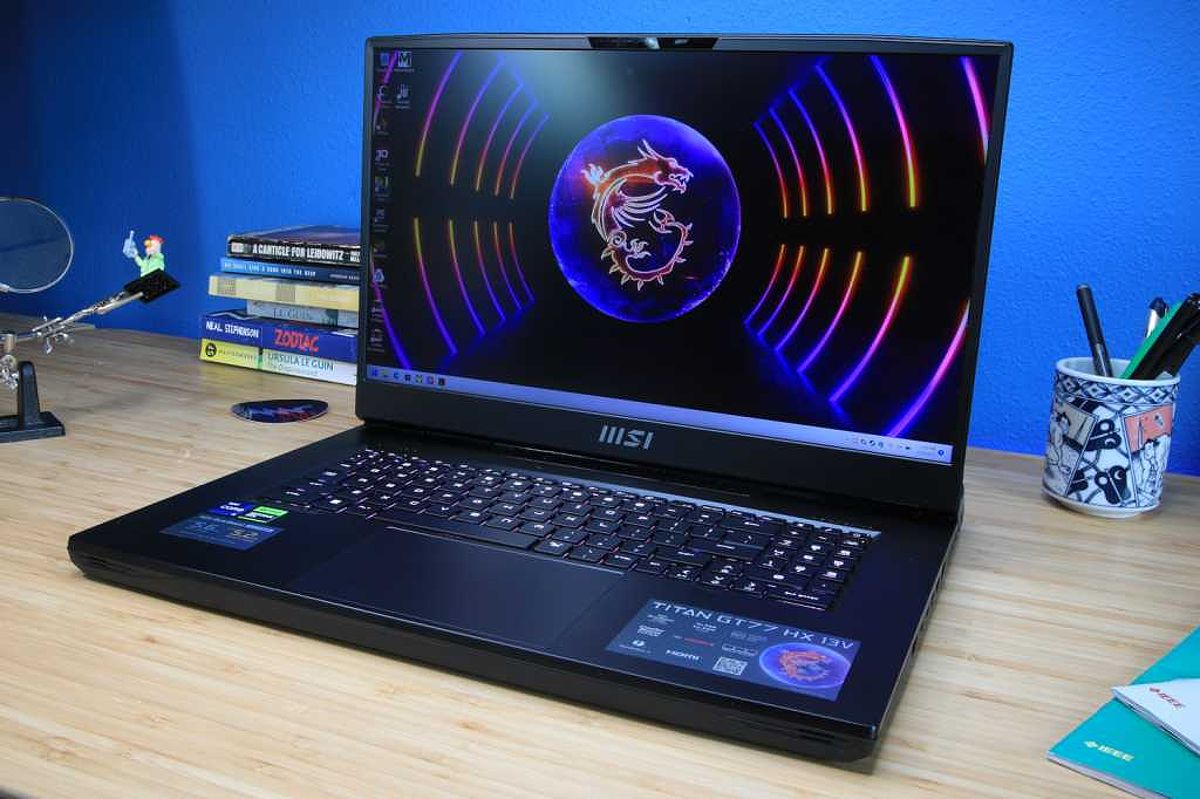Rtx 4070 Vs. Rtx 4070 Super: A Detailed Comparison

Choosing the right graphics card can be a challenging task, especially when faced with the decision between the RTX 4070 and RTX 4070 Super. These two mid-range options from Nvidia offer impressive performance, but the differences in price and capabilities may make one a better fit for your gaming needs and budget.
In this article, we’ll take a closer look at the key differences between the RTX 4070 and RTX 4070 Super, exploring their performance, ray tracing capabilities, power efficiency, and overall value proposition. By the end, you’ll have a better understanding of which card is the better choice for your gaming setup.
Performance Comparison: 1440p and 1080p Gaming
1440p Gaming: The RTX 4070 Super Pulls Ahead
When it comes to 1440p gaming, the RTX 4070 Super clearly offers a performance advantage. Across a range of popular games, the 4070 Super delivers around 11% higher framerates on average compared to the standard RTX 4070. This translates to a smoother, more immersive gaming experience, especially for those with high-refresh-rate monitors.
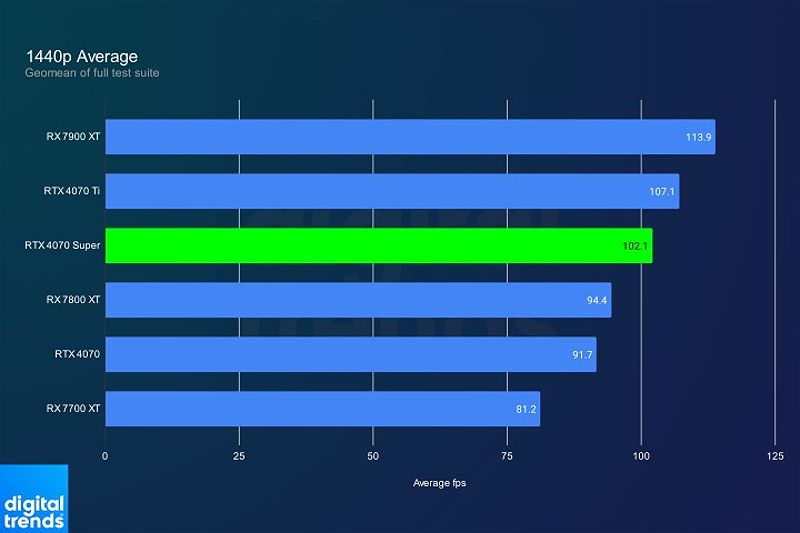
The real difference becomes more apparent when introducing ray tracing into the mix. In demanding games that utilize advanced rendering techniques, the RTX 4070 Super showcases an impressive 18% increase in performance over the base 4070 model. This demonstrates the 4070 Super’s ability to handle the latest graphics technologies with ease, making it a more future-proof option for gamers seeking visual fidelity.
1080p Performance: A Capable Contender, with a Caveat
While the RTX 4070 Super’s performance advantage is more pronounced at 1440p, it still offers a noticeable upgrade at 1080p. In our testing, the 4070 Super maintained a slight edge over the standard 4070, particularly in games that leverage ray tracing.
However, it’s worth noting that the price difference between the two cards may not be fully justified for 1080p gaming, especially for those with a less powerful CPU. The RTX 4070 remains a solid option for budget-conscious gamers who prioritize 1080p gameplay and aren’t as concerned with absolute maximum framerates.
Ray Tracing and DLSS: Nvidia’s Technological Advantage
Both the RTX 4070 and RTX 4070 Super benefit from Nvidia’s advanced ray tracing capabilities and DLSS 3.5 technology. But the RTX 4070 Super leverages these features more effectively, delivering a more substantial boost in ray-traced game performance.
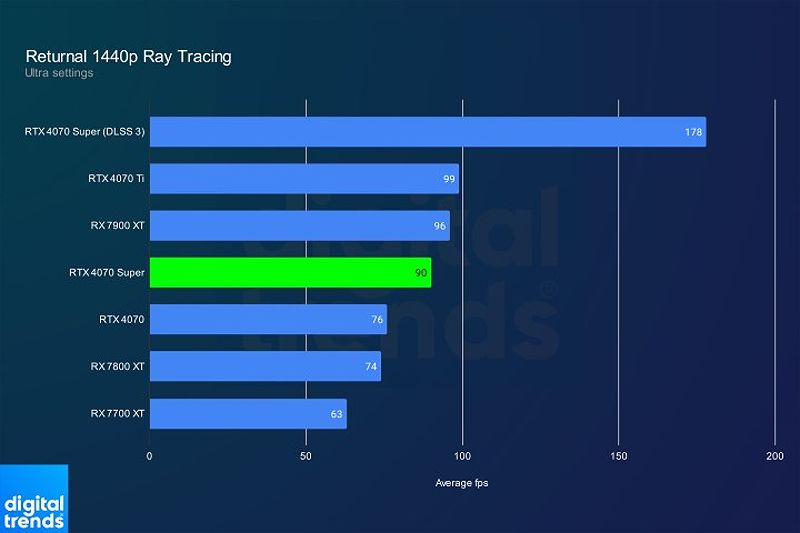
DLSS 3.5, with its frame generation capabilities, can further enhance the experience on the RTX 4070 Super, providing a significant increase in framerates without sacrificing visual quality. This is particularly beneficial for gamers who want to enjoy the latest ray tracing effects without compromising on performance.
Power Efficiency: A Welcome Improvement
In addition to their impressive performance, the RTX 4070 and RTX 4070 Super also offer improved power efficiency. Both cards have a TDP (Thermal Design Power) of 200W, which is a notable improvement over the RTX 3070’s 220W.
This efficiency gain translates to lower power consumption and potentially reduced heating issues, making the cards more suitable for a wider range of PC builds and cooling solutions. It’s a welcome change, especially for eco-conscious gamers who prioritize energy-efficient and environmentally friendly components.
Pricing and Value Considerations
Current Pricing: A Dynamic Landscape
At launch, both the RTX 4070 and RTX 4070 Super carried the same MSRP of $599. However, as the market has evolved, the pricing landscape has become more dynamic.
In the latter half of 2024, we’ve seen the standard RTX 4070 gradually drop in price, with some models available for as low as $515. This makes the older card an increasingly attractive option for budget-conscious gamers.
On the other hand, the RTX 4070 Super has maintained its $599 MSRP, with several models available at that price point. The question then becomes whether the performance gains of the Super variant justify the premium over the discounted standard 4070.
Hunting for Deals: Your Ally in Maximizing Value
As with any major purchase, it’s essential to keep an eye out for sales, promotions, and discounts that can help maximize the value of your investment. While the RTX 4070 Super may offer superior performance, savvy shoppers may be able to find compelling deals on the standard RTX 4070, making it a more budget-friendly choice.
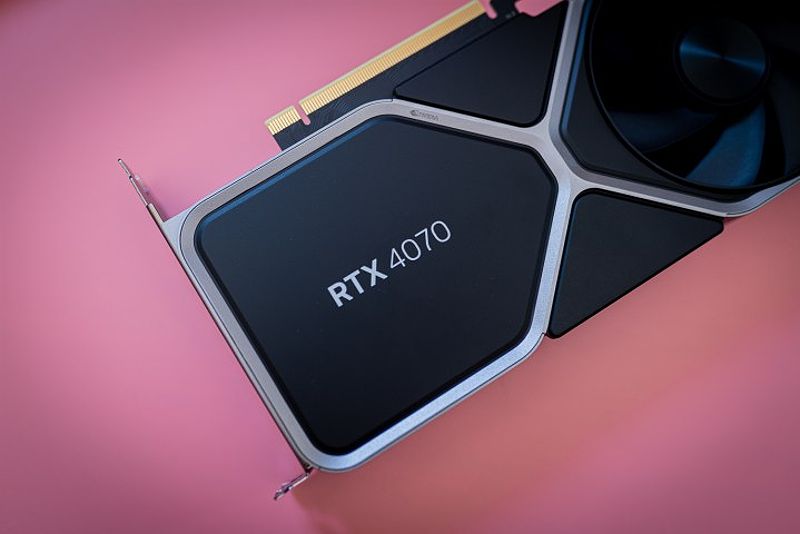
It’s worth monitoring online retailers and keeping an eye out for refurbished or lightly used RTX 4070 cards, as these can sometimes provide an even better value proposition. By doing your research and comparing prices across multiple sources, you can ensure that you get the most bang for your buck.
Conclusion: Choosing Your Midrange Companion
Both the RTX 4070 and RTX 4070 Super are impressive graphics cards, offering excellent performance for the price. However, the decision between the two ultimately comes down to your specific needs and budget.
If you’re primarily focused on 1440p gaming and want the best possible performance, the RTX 4070 Super is the clear winner. Its increased capabilities, coupled with the benefits of DLSS 3.5, make it a formidable choice for those who value visual fidelity and smooth framerates.
On the other hand, if you’re working with a tighter budget and are content with 1080p gaming, the standard RTX 4070 may be the more practical option. With its discounted pricing and still-impressive capabilities, it offers a compelling balance of performance and value.
Ultimately, the choice between the RTX 4070 and RTX 4070 Super comes down to your personal preferences and the specific demands of your gaming setup. By carefully considering your needs and keeping an eye out for the best deals, you can ensure that you make the most informed decision and get the most out of your graphics card investment.
Power Efficiency and Thermal Performance
In addition to their gaming performance, the RTX 4070 and RTX 4070 Super also offer improved power efficiency compared to previous-generation cards. Both models have a TDP (Thermal Design Power) of 200W, which is a notable reduction from the RTX 3070’s 220W.
This efficiency gain translates to lower power consumption and potentially reduced heating issues, making the cards more suitable for a wider range of PC builds and cooling solutions. It’s a welcome change, especially for eco-conscious gamers who prioritize energy-efficient and environmentally friendly components.
Furthermore, the improved thermal performance of the RTX 4070 and RTX 4070 Super means that they can operate more effectively in various system configurations, without the risk of overheating. This can be particularly beneficial for those with smaller form factor PCs or less robust cooling solutions.
FAQ
Q: Is the RTX 4070 Super worth the extra cost?
A: It depends on your budget and gaming needs. If 1440p gaming is your primary focus and you want the best possible performance, the RTX 4070 Super is a worthwhile investment. However, if you’re on a tighter budget and are content with 1080p gaming, the standard RTX 4070 might be the more suitable option.
Q: Will I need a new power supply for either card?
A: Both the RTX 4070 and RTX 4070 Super have a TDP (Thermal Design Power) of 200W, so they should be compatible with most modern power supplies. However, it’s always a good idea to check the power requirements of your current power supply and ensure it can handle the additional load.
Q: Which card is better for content creation?
A: While both cards are capable of handling content creation tasks, the RTX 4070 Super offers better performance for rendering and video editing. However, the standard RTX 4070 is still a solid choice for content creators on a budget.
Notice: Undefined variable: categorie_id in /home/bil/domains/cms.kolsup.com/public_html/wp-content/themes/theme-kolsup1/single.php on line 1106


